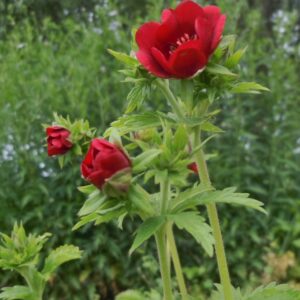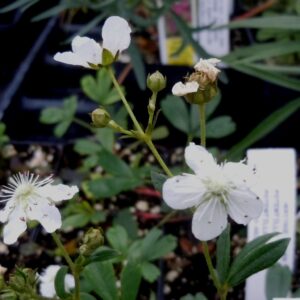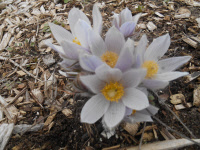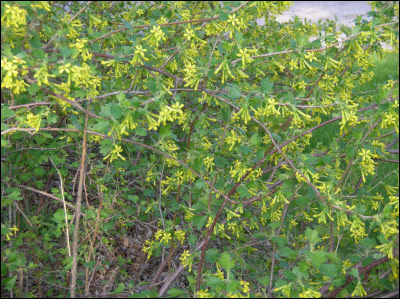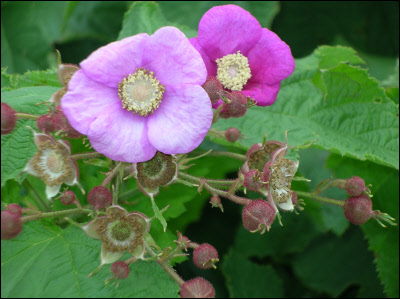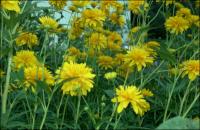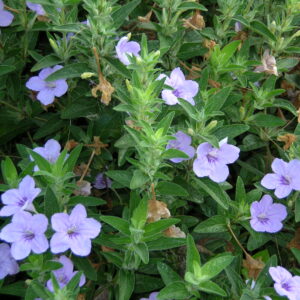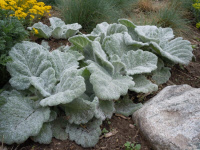Drought, Xeric & Dry Soil Plants
Showing 97–104 of 132 results
-
Potentilla thurberi Scarlet cinquefoil Z 5-9
Loose clusters of Cabernet-like reddish purple saucers - June to September.
Loose clusters of Cabernet-like reddish purple saucers – June to September. Valuable for both its long bloom and its dark red flowers.
Size: 30" x 12"
Care: full sun in well-drained soil
Native: Arizona & New MexicoPotentilla is Latin meaning powerful referring to medicinal properties. This species collected before 1880’s.
-
Potentilla tridentata syn. Sibbaldiopsis tridentate Three-toothed cinquefoil Z 2-7
Clusters of white, single rose-like saucer flowers spring and early summer on this dainty-appearing perennial. Its glossy evergreen leaves tinge red in fall and winter.
Clusters of white, single rose-like saucer flowers spring and early summer on this dainty-appearing perennial. Its glossy evergreen leaves tinge red in fall and winter.
Size: 6" x 12" spreading by runners-can become a groundcover.
Care: sun in well-drained, acidic soil
Native: New England to Upper Great Lakes, north to the Arctic, Appalachian Mountains of Georgia, WI native.
Wildlife Value: source of food for Copper butterflies
Awards: Cary Award Distinctive Plants for New EnglandDescribed and named by Kew’s British botanist William Aiton in Hortus Kewensis 1789.
-
Pulsatilla patens syn. Anemone patens Eastern pasque flower Z 3-7
Up-facing blue-violet bells in early spring emerge from foliage decorated with silky hairs.
ARCHIVED
Note: This is a plant not currently for sale. This is an archive page preserved for informational use.
Up-facing blue-violet bells in early spring emerge from foliage decorated with silky hairs.
Size: 8-12” x 4-6" slow to grow, so be patient
Care: sun in moist well-drained to well-drained soil
Native: northern Great Plains including WI, Siberia, AlaskaThe name Pasque is Old French for Easter referring to the spring bloom time. Patens means “spreading.” South Dakota honors this as its state flower.
Collected for gardens prior to 1753. The Blackfoot made a decoction of this plant to speed a baby’s delivery and applied crushed leaves to skin to remedy irritation. Omaha applied fresh, crushed leaves as a poltice for rheumatism. -
Ribes aureum syn. Ribes odoratum Clove currant Z 3-8
yellow flowers smother the shrub
Early to mid-spring yellow flowers smother the shrub, giving off the most sweet, clove-scented fragrance – heavenly.
Size: 6' x 6'
Care: Sun in moist well-drained to well-drained soil. Immune to Walnut toxins.
Native: west-central US
Wildlife Value: attracts hummingbirds and butterflies.Found by Meriwether Lewis in 2 locations -“near the narrows of the Columbia.” April 16, 1806, now Klickitat County, Washington, and on July 29, 1805 in Montana. Many different tribes ate the berries – Blackfoot, Cheyenne, Klamath, Montana, Paiute & Ute. Others, Shoshone and Paiute, used the shrub’s inner bark to heal sores and swellings. English plantsman Wm. Robinson declared that it “deserves to be more commonly grown.” (1933)
**LISTED AS OUT OF STOCK BECAUSE WE DO NOT SHIP THIS ITEM. IT IS AVAILABLE FOR PURCHASE AT OUR RETAIL LOCATION.
-
Rubus odoratus Flowering raspberry Z 2-8
Purple-pink saucer shaped flowers all summer
Purple-pink saucer shaped flowers from June to October. Rarely seen shrub.
Size: 7-8' x 8' spreading
Care: Sun to shade in moist well-drained soil. Slightly acidic.
Native: Maine to Michigan, south to Illinois, Tennessee, east to North Carolina and all places in between
Wildlife Value: Immune to walnut toxins.For sale in an English catalog in 1730. William Robinson, father of the mixed perennial garden, praised the flowering raspberry as bearing “large clusters of rich purple flowers. Bearing scented leaves, the leaves and not the flowers being fragrant.”
-
Rudbeckia laciniata var. hortensia Golden Glow Z 3-9
"Rich, yellow double flowers borne in autumn, excellent for cutting," Sanders 1913. July-August blooms on these imposing double daisies.
“Rich, yellow double flowers borne in autumn, excellent for cutting,” Sanders 1913. July-August blooms on these imposing double daisies.
LIMITED QUANTITES AVAILABLE, LIMIT OF 1 PER CUSTOMER PLEASE
Size: 5-7' x 12" and spreading
Care: full sun, moist well-drained to well-drained soil, drought tolerant & immune to Walnut toxins.Serendipitous discovery in a group of seedlings in 1894. Said to be “the most popular hardy perennial introduced during the last 25 years,” April, 1905, The Garden magazine. Recommended by Gertrude Jekyll in 1908. Beth in New Mexico advised that her alpaca named Ricardo finds them delicious.
-
Ruellia humilis Prairie petunia Z 3-9
Lilac open-face trumpets late June-October. Slow to emerge in spring so be patient and watch for it. It’s one of those non-flashy work-horses. One of internationally known garden designer Piet Oudolf’s 100 “MUST HAVE” plants, Gardens Illustrated 94 (2013)
Lilac open-face trumpets late June-October. Slow to emerge in spring so be patient and watch for it. It’s one of those non-flashy work-horses. One of internationally known garden designer Piet Oudolf’s 100 “MUST HAVE” plants, Gardens Illustrated 94 (2013)
Size: 10-12” x 10”
Care: sun in any soil
Native: Midwest south to Florida and Texas, Wisconsin endangered plant.
Wildlife Value: Pollinated primarily by long tongue bees who can reach far into the flower’s throat.Ruellia named for French royal herbalist Jean Ruell (1474-1537.) First collected by Thomas Nuttall (1786-1859) C.1810 English plant hunter who found more American plants than anyone else, early 1800’s.
-
Salvia argentea Silver sage Biennial or short lived perennial Z 5-7
Large rosettes of the woolliest silver leaves. So soft you want to pet them. This one’s for the leaves, not the flowers. It dies after flowering so cut back flower stems to prevent flowering, or, if you want to save seeds let it flower.
Large rosettes of the woolliest silver leaves. So soft you want to pet them. This one’s for the leaves, not the flowers. It dies after flowering so cut back flower stems to prevent flowering, or, if you want to save seeds let it flower. It self-seeds sometimes.
LIMITED QUANTITIES AVAILABLE, LIMIT OF 1 PER CUSTOMER.
Size: 2-4’ x 12"
Care: Sun in well-drained soil.
Native: Europe & No. Africa around Mediterranean
Awards: Royal Horticultural Society Award of Garden Merit; Plant Select® Central Rocky Mountain regionSalvia is from the Latin “salveo” meaning “to heal” referring to the plant’s ancient medicinal uses. Collected before 1750. The Garden reported it was introduced in 1768. Liberty Hyde Bailey said its, “white woolly foliage makes it a very decorative plant.” (1933).

